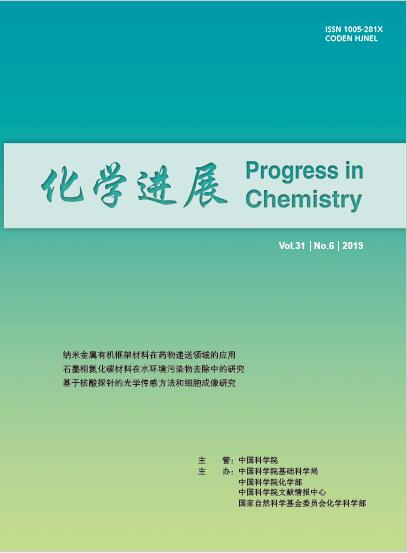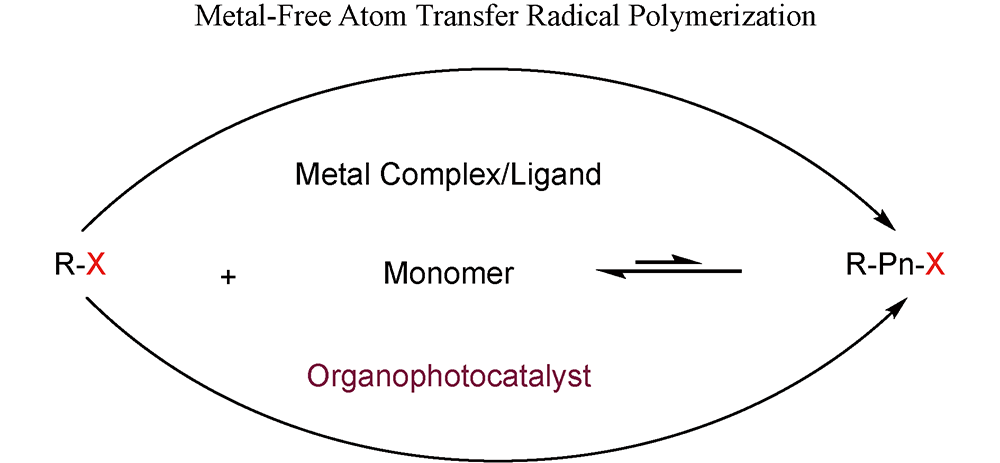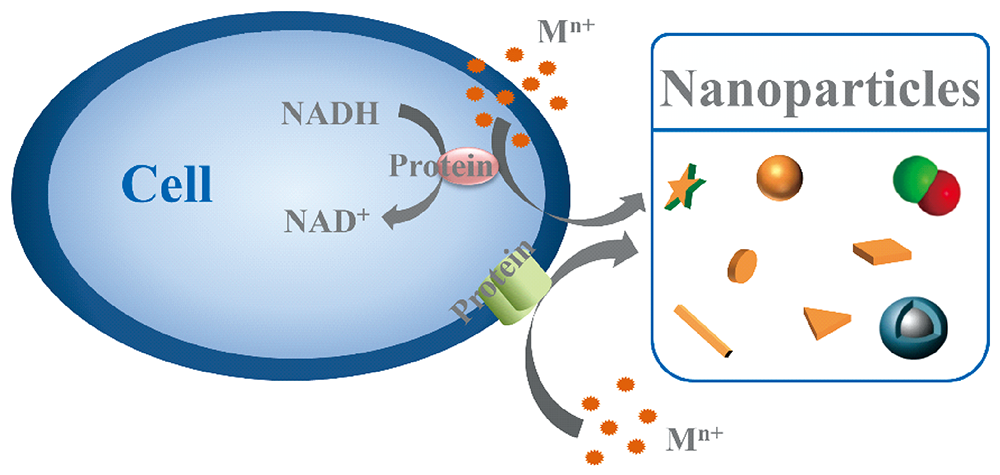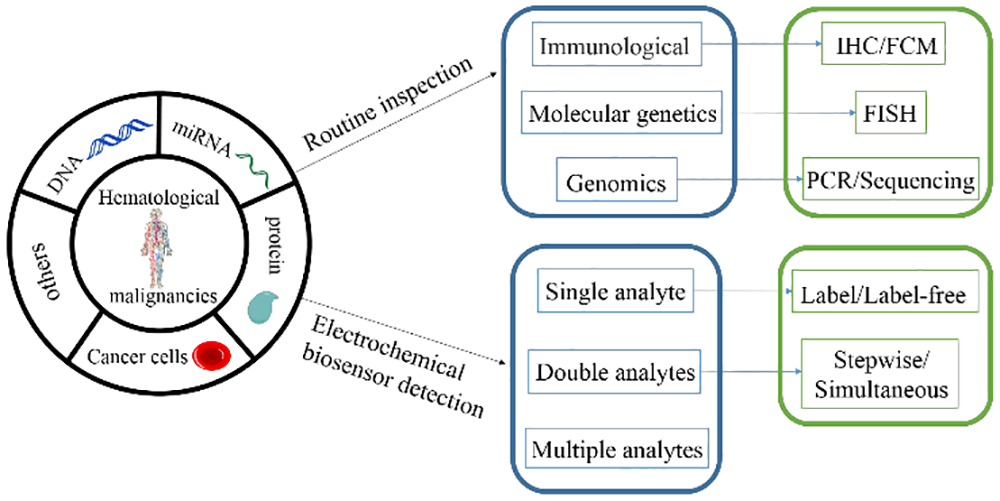Xinyi Lai, Zhiyong Wang, Yongtai Zheng, Yongming Chen. Nanoscale Metal Organic Frameworks for Drug Delivery[J]. Progress in Chemistry, 2019, 31(6): 783-790.
Metal-organic frameworks(MOFs), a class of self-assembled porous materials with metal ions and organic ligands, have attracted increasing research attention owing to their high porosity, tunable pore size, large surface area and multiple structures. In recent years, MOFs have been extensively investigated in gas storage, separation, catalysis and other fields. When the size of these hybrid materials drops down to nanosized scale, the regular morphology and unique properties make NMOFs become promising candidates for drug delivery. Compared to other nanocarriers, NMOFs provide multiple binding sites for a variety of small-molecule drugs and biomacromolecule via inclusion or surface conjugation. These chemical modifications do not affect NMOFs' intrinsic physicochemical properties. Moreover, the facile synthesis and mild preparation conditions endow NMOFs with advantages in biomedicine. Nowadays, NMOFs have been demonstrated with multifunctionalities and stimuli-responsive controlled release in vivo. Therefore, a detailed review of the application of NMOFs in controlled drug delivery of anticancer drugs, photosensitizer and nucleic acids is provided here.



















